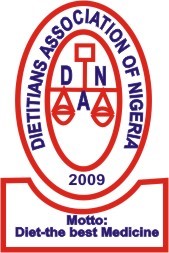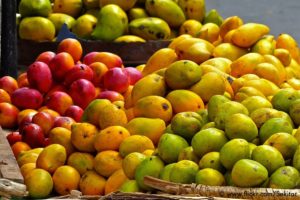Glycaemic Index Of Three Cocoyam Varieties Cosumedin Imo State, Nigeria
Amadi, Joy A.C
Department of Nutrition and Dietetics, Imo State University P.M.B. 2000, Owerri, Nigeria.
Email: [email protected] +234703098700
ABSTRACT
Background: Diabetes mellitus (DM) especially T2DM caused by defects in insulin secretion and / or action affects carbohydrate, fat and protein metabolism. This effect results to chronic hyperglycemia with high prevalence of morbidity, mortality and loss of quality of life. Carbohydrate foods have the highest influence on blood glucose and the goal of diabetes management is to achieve adequate glycemic control.
Objective: The main objective is to determine the glycemic index, glycemic load and glycemic response of three cocoyam varieties; red cocoyam (x. sagittifolium) the white cocoyam (X. Atrovirens) and Ede Anambra” (colocasiaesculentavarantiquorum) on healthy subjects.
Methods: Thirty non diabetic young adult volunteers were recruited for the study. The study was carried out in the food laboratory, Department of Nutrition and Dietetics, Imo State University Owerri for a period of three days. The subjects were randomly grouped into three. A cross-sectional study design was adopted. Cocoyam and medical materials were procured from Owerri main market. Selection of the subjects was based on the exclusion criteria and consent. The subjects were grouped into three to accommodate 10 participants for each group of cocoyam variety. The subjects were blinded on the variety of cocoyam they consumed. Anthropometric measurement was carried out on the first day. Fasting blood sugar was carried out before and after feeding the reference food after an overnight fast of 10 hours at 0, 30, 60, 90, 120 minutes on the second day. Feeding of the test food was carried out on the third day. Blood glucose level was measured by qualified medical laboratory scientists before and after feeding at 0, 30, 60, 90, 120 min. Glycemic index (G.I) was determined using a standard method with glucose as the reference food. 50g available carbohydrate portions of the cocoyam were given to volunteers. Data were analyzed using statistical package for social sciences (SPSS) version 20.0.
Results: Mean age of the subjects was 23.6 ±1.52 years and mean BMI was 22.42±2.69kg/m2. G.I of Red cocoyam was (57), white cocoyam (55), Ede Anambra (67) and glucose (100). The glycemic response of glucose was highest, followed by the red cocoyam, white cocoyam, and ede Anambra. The glycemic load of cocoyam varieties reported red cocoyam (8.6), white cocoyam (8.2), and ede Anambra (10) while glucose (15).
Conclusion: The GI of the cocoyam varieties studied shows medium GI, low GL and moderate GR. Cocoyam cold be used in prevention and management of diabetes and should be recommended to over-weight, obese and diabetic individuals.




